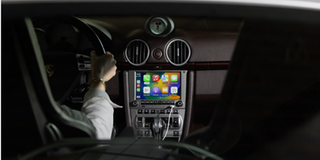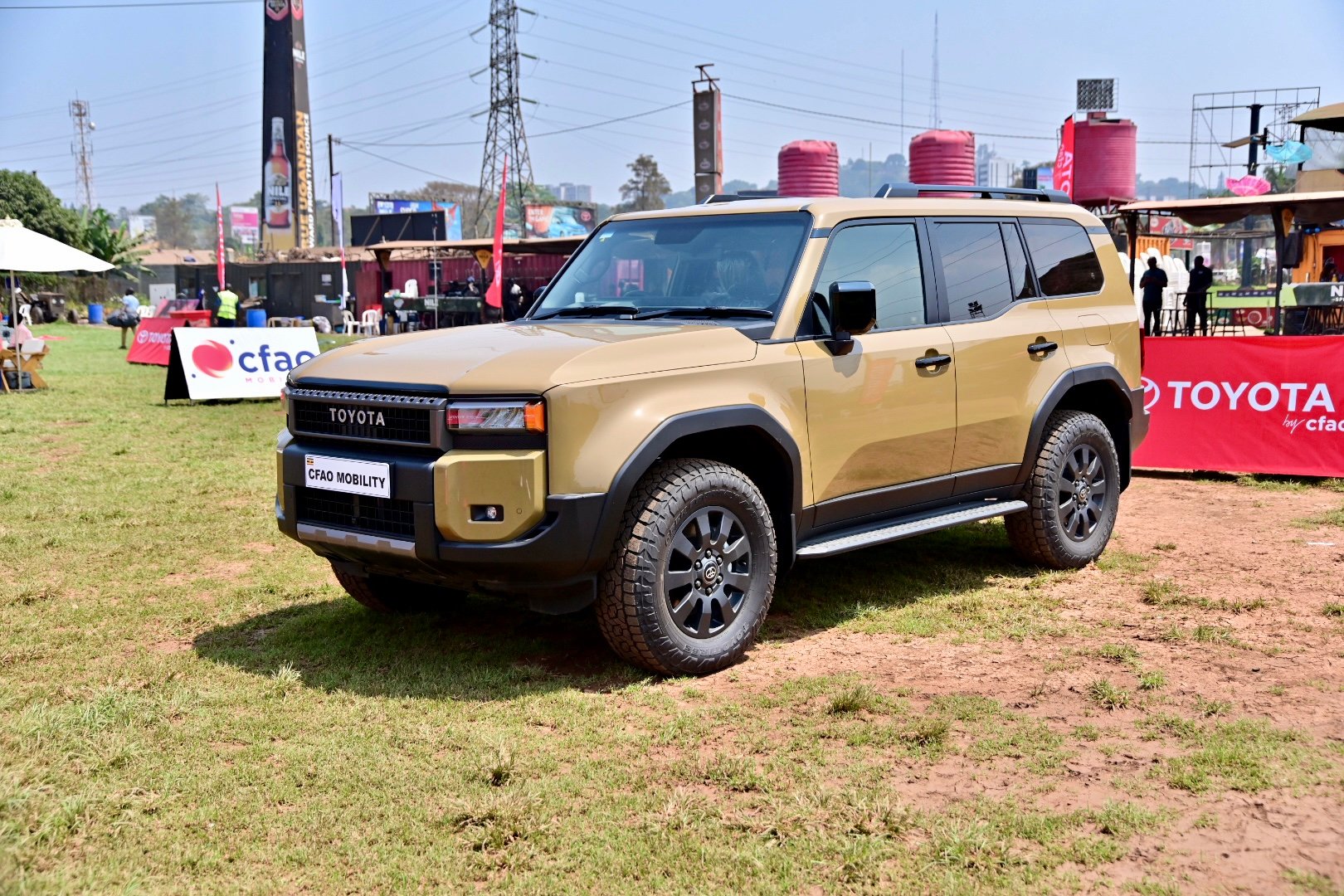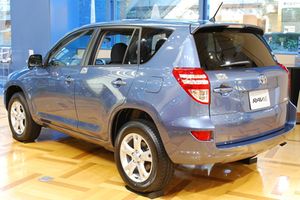
For the last 30 years, cars have become more computerised to the extent that it is not entirely farfetched to call them gadgets. Just like any gadget or smartphone, they come with all the smart gizmos that one would ordinarily find in a gadget. Today, cars come with cameras, microphones, telephones, Bluetooth capability, radar sensors, maps and internet connectivity. Some even have black boxes today, just as aircraft.
Although these technologies have made motoring safer, more fun and desirable, they also help collect data on you. Just like your smartphone, your car collects data on your driving habits, places you frequent, the music you prefer and where you live, among others. The data that many cars now collect can reveal the patterns of our daily lives and provide insights into our behaviour, actions and even our state of mind.
Today, there is a branch of police investigations called vehicle forensics, which is a type of digital forensic science that focuses on identifying, acquiring and analyzing data stored by cars. Modern cars are designed with sensors and systems that collect information about our driving habits. Here are some key components involved:
1. Sensors and cameras
Sensors and cameras work together using the advanced driver-assistance systems (ADAS). Information collected includes lane departure, warning, adaptive cruise control, and automatic emergency braking. Cameras on your car bumpers may help you drive in tight spaces, reverse better and park like a pro. They may also exonerate you to your insurance investigator or police by providing accident footage to show your innocence. Dash cameras can capture images of other road users and pedestrians during traffic police investigations. They can also reveal the journey travelled by the vehicle alongside date and time stamps.
However, according to Paul Kaganzi, a mechanic, these sensors and cameras monitor your driving style, behaviour and responses in case you are tipsy, sick or tired and sometimes the car might autonomously stop. All this information is kept in the system to be accessed when needed.
2. The infotainment system
Listening to music while driving used to involve a simple cassette or CD player. But slowly, these systems gave way to Bluetooth, wifi and USB devices, which can be operated through touch screens or displays installed on dashboards. Today, as soon as you enter your car, whatever you have been listening to on your phone, whether music, a podcast or a phone call, transitions to the infotainment system seamlessly, turning your car into a moving smartphone.
On top of providing information and entertainment, the infotainment system is often the ‘computer monitor’ of where you interact with other functions of the vehicle.
In newer cars, you can check aspects such as the outside temperature, fuel levels and control functions such as air conditioning and seat warming, among others. When smartphones are plugged into cars or paired via Bluetooth, the infotainment system can store data such as navigation history, text messages and emails, internet browsing history and social media feeds, as well as Bluetooth and cell tower connections. It is easy to see why this can be a privacy issue just as when your smartphone falls into the wrong hands.
3. Electronic control units
Electronic control units or ECUs assist with how a vehicle works and are often described as the “brain” of the engine. They are situated within the car’s interior, usually in the glove compartment, engine space or under the dashboard. Essentially, an ECU is a computer, a switching system and a power management system housed within a very small case.
There are usually more than 75 ECUs in a vehicle and each one is responsible for a certain task. For example, the engine ECU controls the injection of the fuel and, in petrol engines, the timing of the spark to ignite it. Fastened seat belts, air pressure, and lights turning on and off are also all functions of ECUs.
To assist with driver efficiency, the ECUs and the infotainment system often work together, storing a wide variety of data about how a vehicle is used.
4. Telematics Systems
Telematics systems use cellular connectivity to transmit data to the manufacturer or third-party services, providing insights into your driving habits, location, and vehicle performance. You may not know this, but that does not mean it is not happening. Vehicle sensors can also identify collisions and detect if the airbags have been deployed. This in turn activates a call to the emergency services.
Kaganzi says the data collected by telematics systems includes the vehicle’s GPS coordinates, direction of travel, vehicle identification number (VIN), type of fuel used and even whether seat belts were fastened or not.
5. Key fobs
A key fob is a remote control gadget attached to car keys. Beyond their most obvious function in locking and unlocking our cars, key fobs contain a remarkable amount of information. Some of the data stored within a fob includes the VIN, the number of keys paired to a particular vehicle and the last time the vehicle was locked and unlocked.
6. Black box
These are devices used within vehicles to monitor an individual’s driving skills. They are not present in every vehicle but they are popular with insurance companies. If the data from the black box reveals a driver is performing well behind the wheel, it can be used to lower their premium.
Kaganza says black boxes or event data recorders collect data during events such as accidents and record aspects of your driving such as speed, acceleration, and steering angle. Alongside recording GPS coordinates, black boxes can show how far a vehicle has travelled, how often it has been driven, as well as braking and cornering ability, for example.
All this information is private at least as much as smartphone data is and can be used to make your driving experience safe. It can be used to determine the amount of compensation you get from your insurer and it can potentially be exploited by evil characters to defraud you or your loved ones.
Bottom line
Paul Kaganzi, a mechanic, says it is essential to know the following:
- Data ownership and usage: Check your vehicle’s privacy policy to understand who owns the data and how it is used.
- Data sharing: Be aware that data might be shared with third-party services, insurance companies, or law enforcement agencies.
- Data security: Ensure that your vehicle’s software is up-to-date to prevent potential hacking or data breaches.
- Opt-out options: Some manufacturers offer opt-out options for data collection or telematics.




